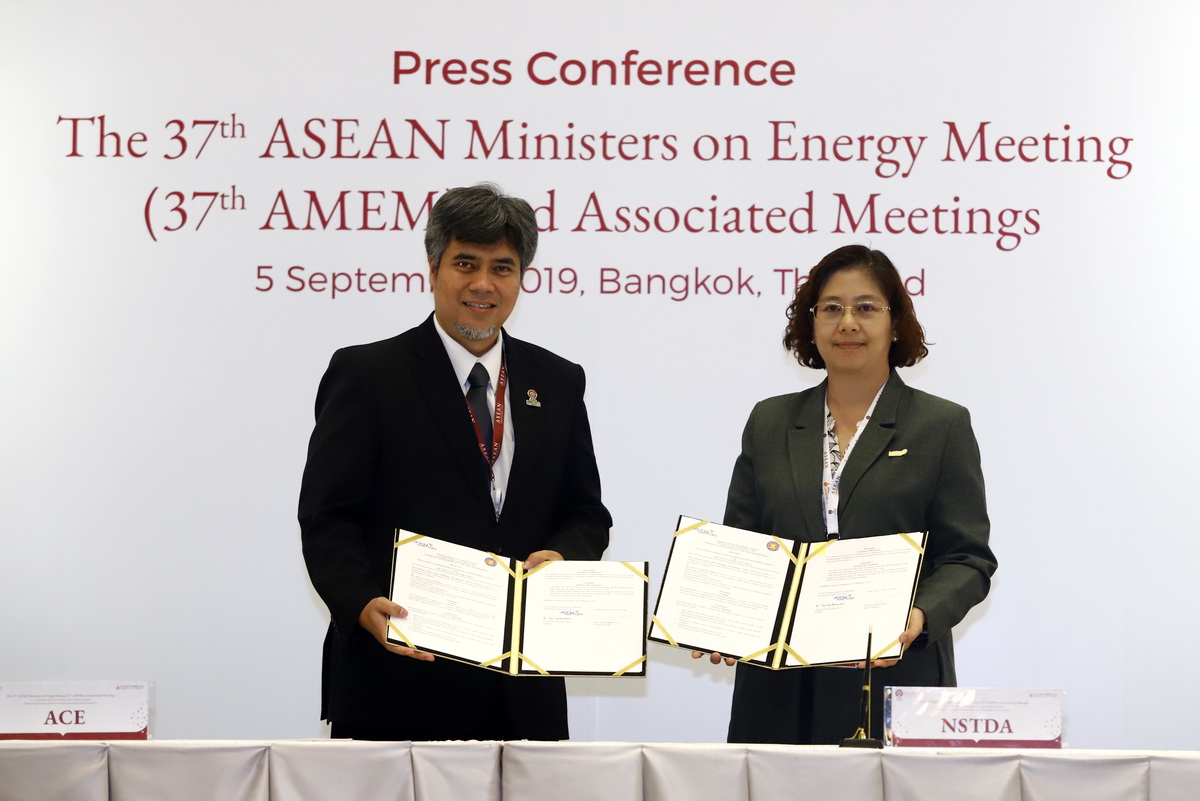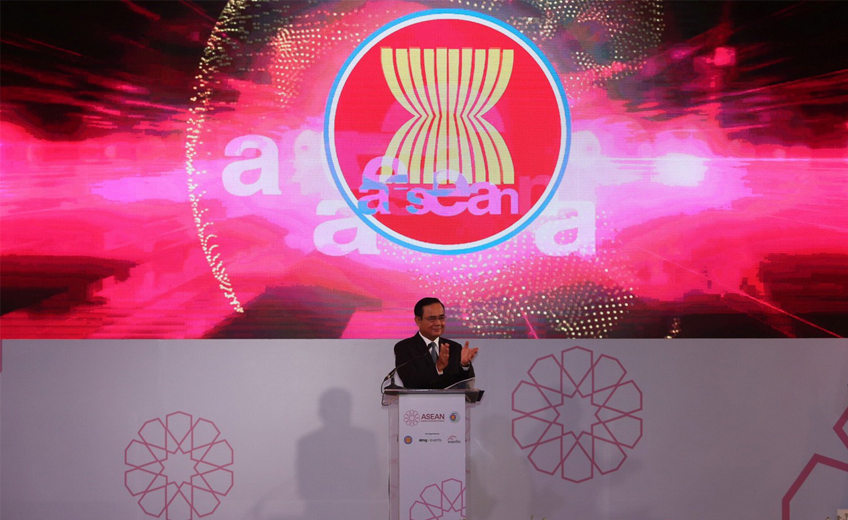Advancing Energy Transition Through Partnership and Innovation
By; James R. Haft
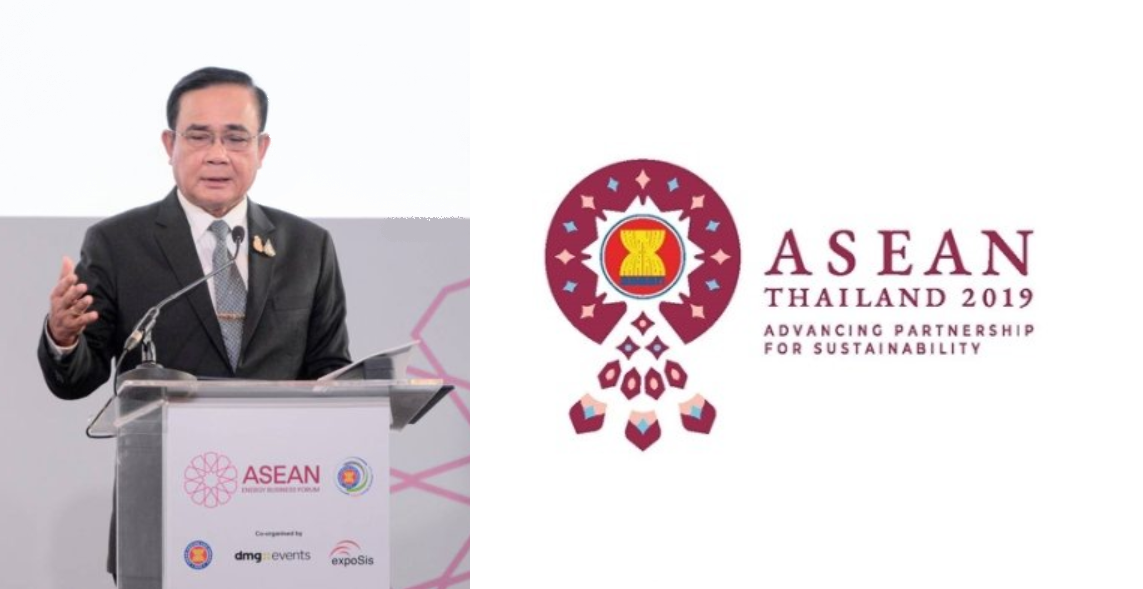
From 2 to 6 September 2019, Bangkok played host to the 37th ASEAN Ministers on Energy Meeting (37th AMEM) and Associated Meeting and ASEAN Energy Business Forum under the concept of "Advancing Energy Transition Through Partnership and Innovation". Chaired by the Thai Minister of Energy Sontirat Sontirjirawong, the gathering was attended by the energy ministers of the nine other ASEAN members as well as representatives of dialogue partners, China, Japan, South Korea, Australia, India, New Zealand, the US and Russia as well as six international energy organisations.
As this year’s chairman of ASEAN, Thai Prime Minister Prayut Chan-ocha presided over the opening ceremony of the 37th AMEM, which was held at The Athenee Hotel, Bangkok. In his address, he congratulated all ministers, dialogue partners and cooperating organizations on their success in the implementation of the ASEAN Plan of Action for Energy Cooperation (APAEC). He praised the group’s ability to reach its energy targets that had been set in 2016 as well as the important contributions being made by the Lao PDR-Thailand-Malaysia Power Integration Project (LTM PIP).
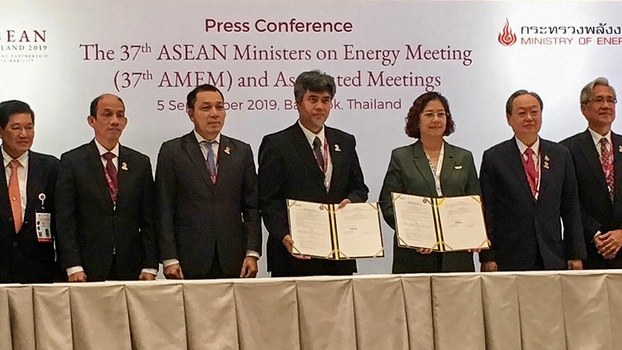
During the meeting, the Lao PDR – Myanmar – Malaysia multilateral energy trade agreement was discussed as a further example of how through partnership ASEAN members can become self-sufficient in satisfying their energy needs. As a major coal producer, Indonesia emphasized how the development of clean coal technology can still contribute to this cause in a positive way without being detrimental to the environment.
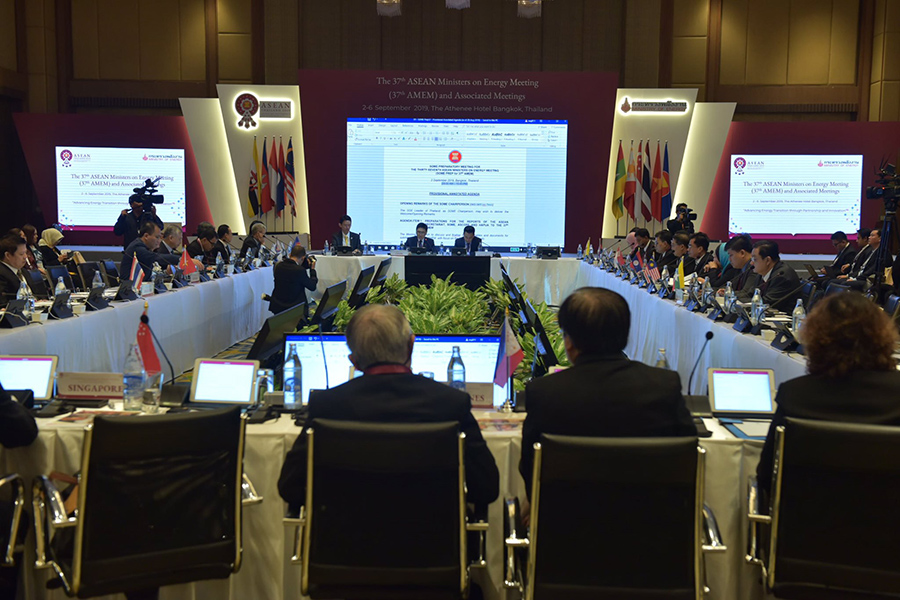
Meanwhile, the ASEAN energy ministers renewed their commitment to satisfying at least 23 percent of their electricity needs with renewable energy by 2025. Thailand, meanwhile has set as its target 30 percent as it plans to focus on harvesting agriculture products that can be applied to this cause. This is all part of the policy “One Community, One Alternative Energy Policy” which Thailand, as the ASEAN chair, is pushing for.
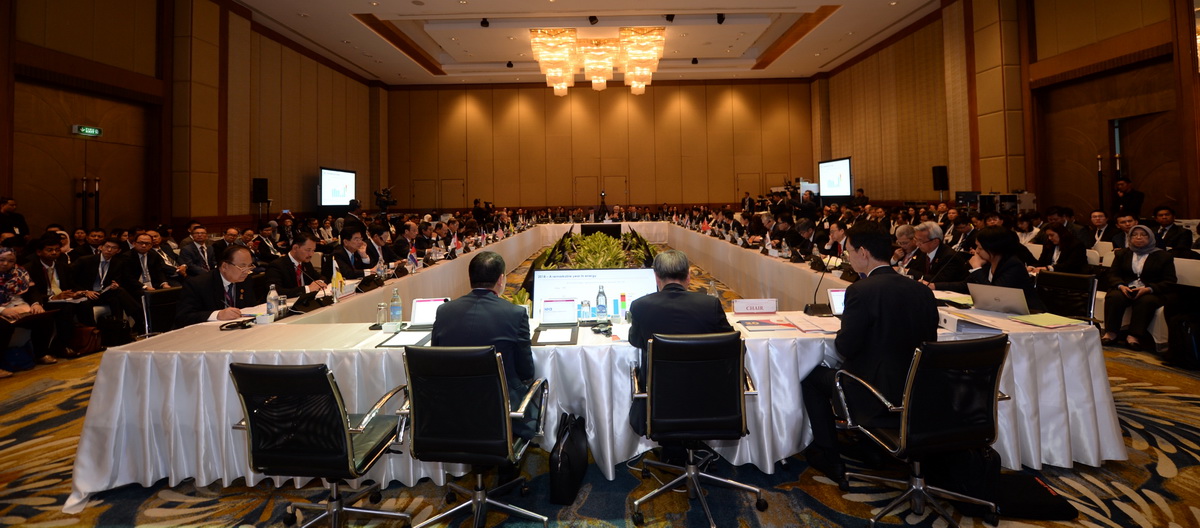
This is probably why when Cambodia voiced its growing demand for electricity, HE Sontirat said that Thailand could help as it is currently generating a surplus of energy. At the same time, Cambodia said it has plans to expand its electricity production in Thailand with both countries ready to enter joint investment projects.
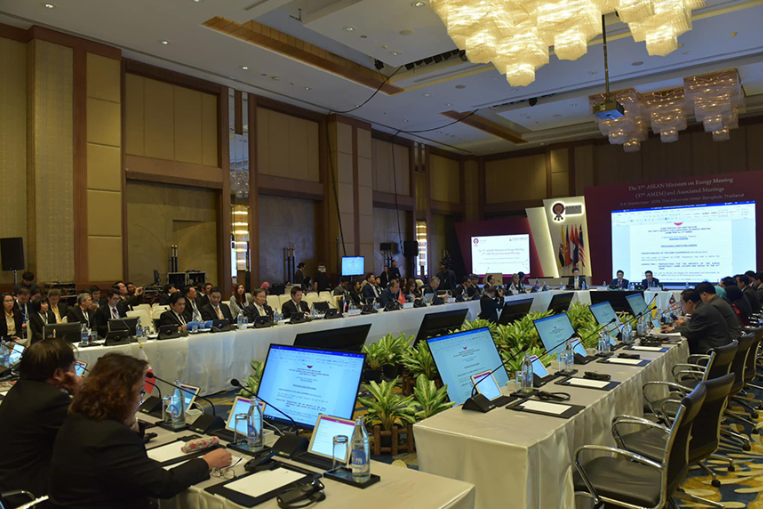
One project that has been in the works is a coal-fired power plant located at Koh Kong, Cambodia, to be called the Koh Kong Power Light, on the border with Thailand. This will be a joint Cambodia-Thai investment project. A key player of the Cambodian side is the LYP Group owned by Cambodia senator and tycoon Ly Yong Phat. On the Thai side are Thai Smart, the Electricity Generating Authority of Thailand (EGAT) and PPT PLC (the Petroleum Authority of Thailand) who are all interested in joining this venture to produce 2,000 MW most of which would be sold to Thailand.
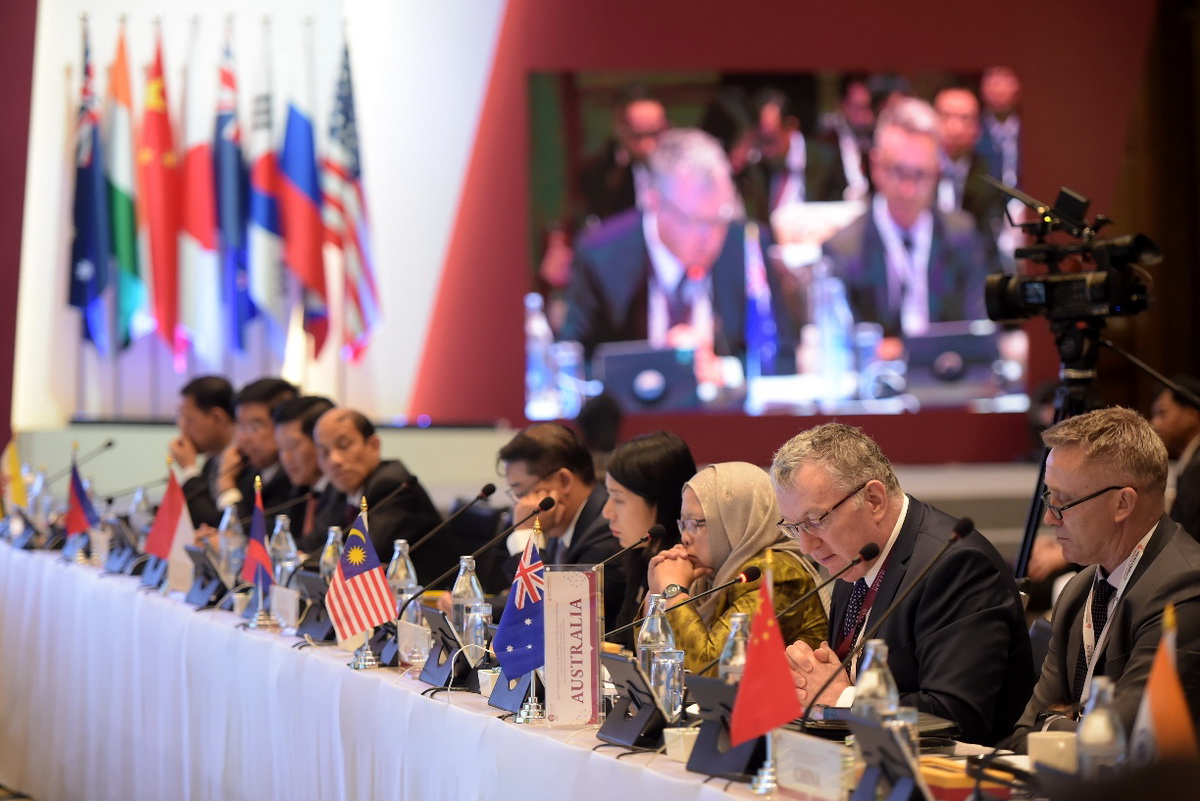
Meanwhile, if energy requirements of the ASEAN states are being fulfilled, questions remain about China’s push to build the new dam on the Mekong River at Sombor in Cambodia, which could destroy the vital-to-life Tonle Sap. With the investment coming from the China Southern Power Grid, 90 percent of the electricity generated would be exported to China. At the same time, China is pressuring Aung San Suu Kyi and the Myanmar government to approve the Myitsone Dam in Myanmar’s Kachin State. This dam would be built near the source of the Irrawaddy River, the life artery of the country with investment loans granted by Beijing’s State Power Investment Corporation (SPIC). Again, the electricity would be sent to China, while the people of Myanmar would only feel the repercussions from the damage of this vital waterway. It should also be noted that Thai construction companies could be involved in these projects just like they have been in the Xayaburi Dam on the lower Mekong River in Laos.
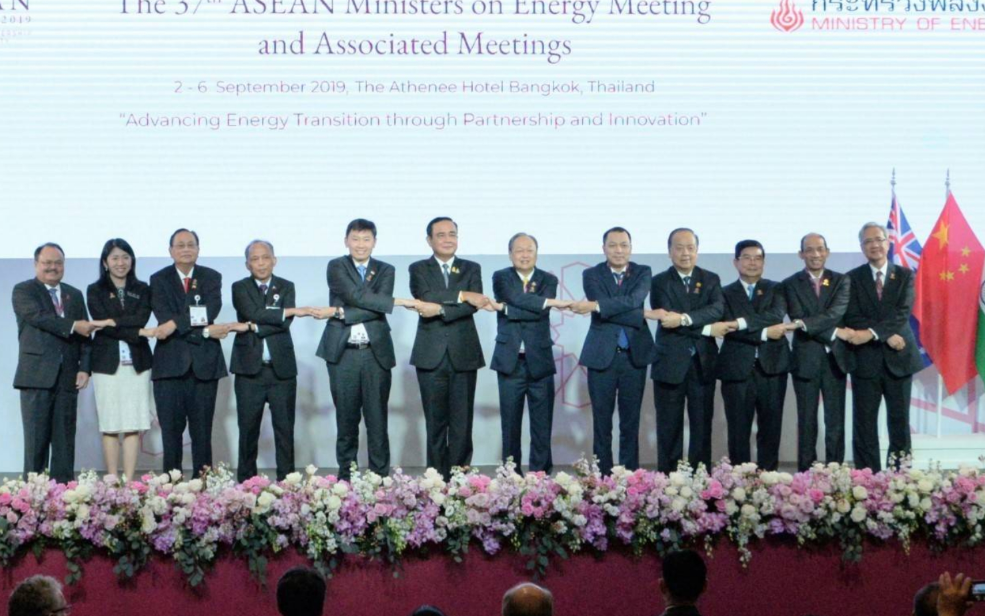
All told though, the 37th AMEM and Associated Meeting ended on a very optimistic view of the future as ASEAN transitions into the era of future energy - focusing on clean and renewable energy as well as investing in and developing energy technology and markets.
